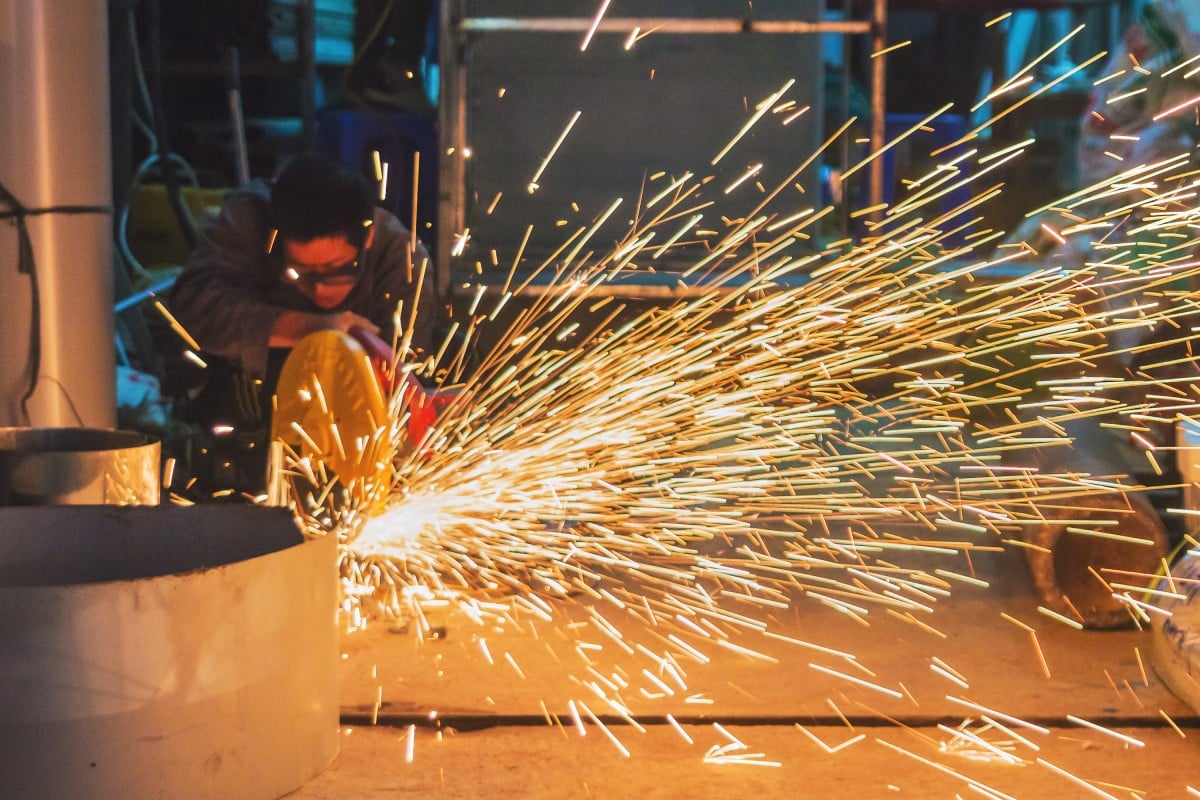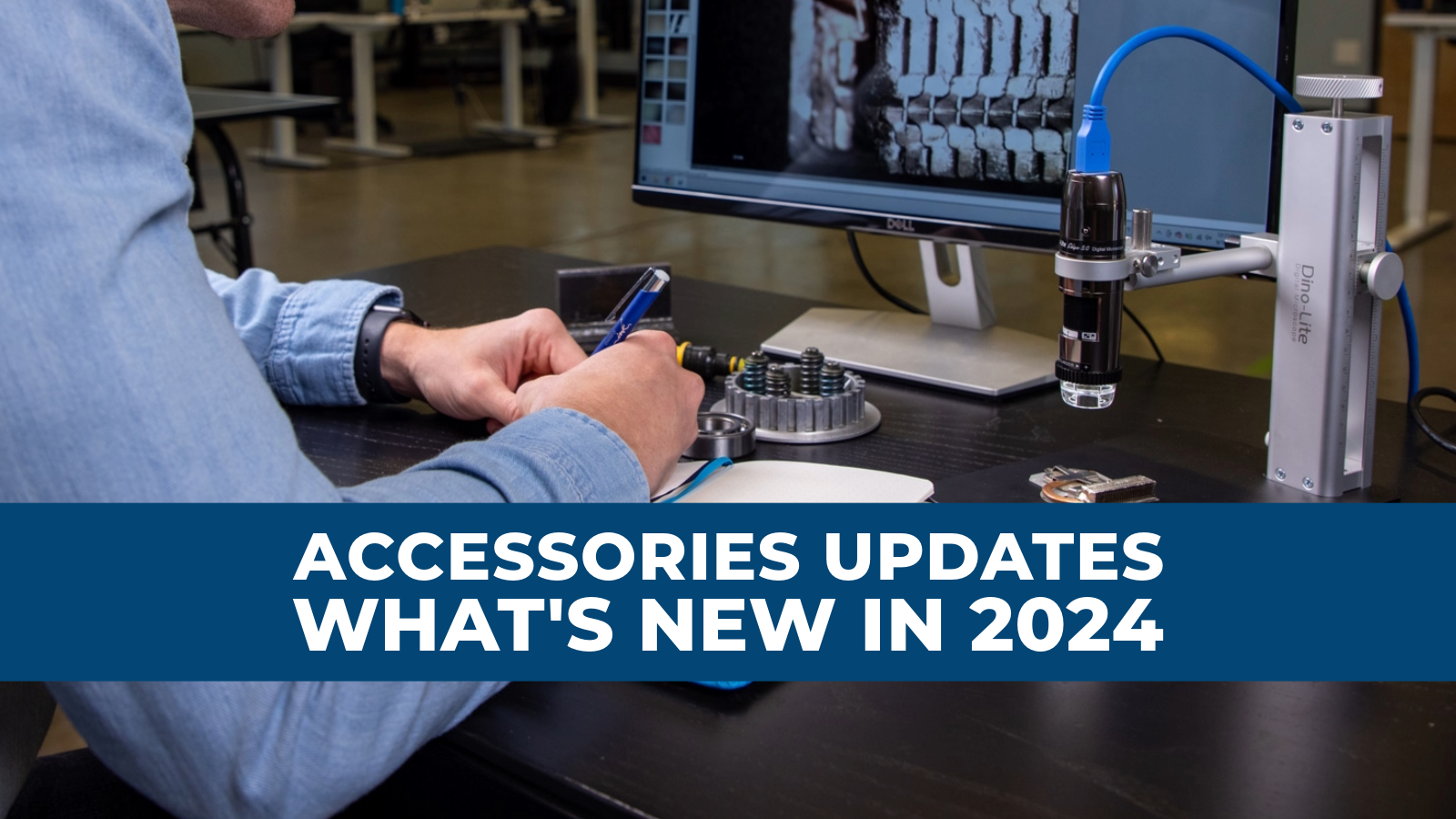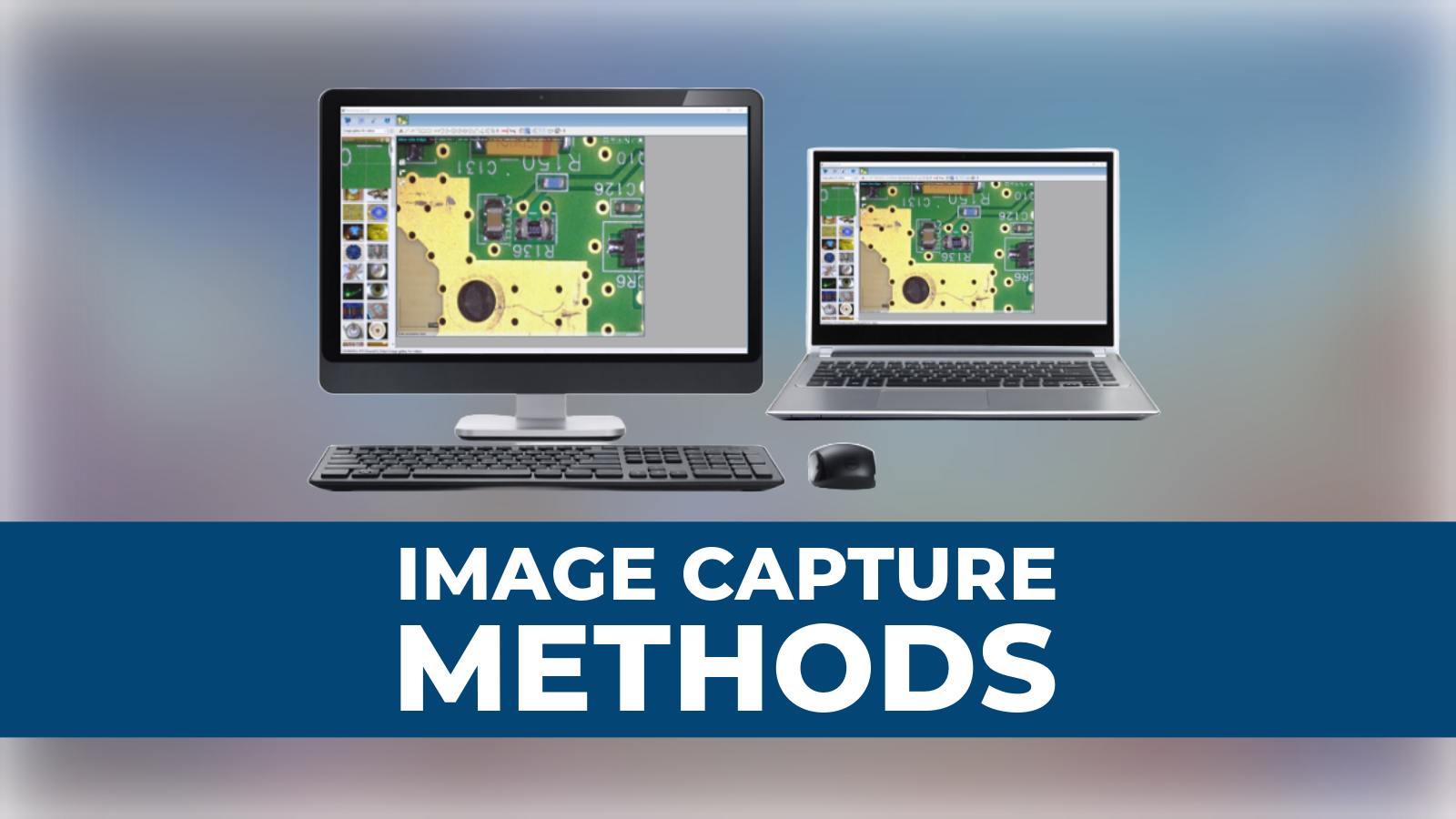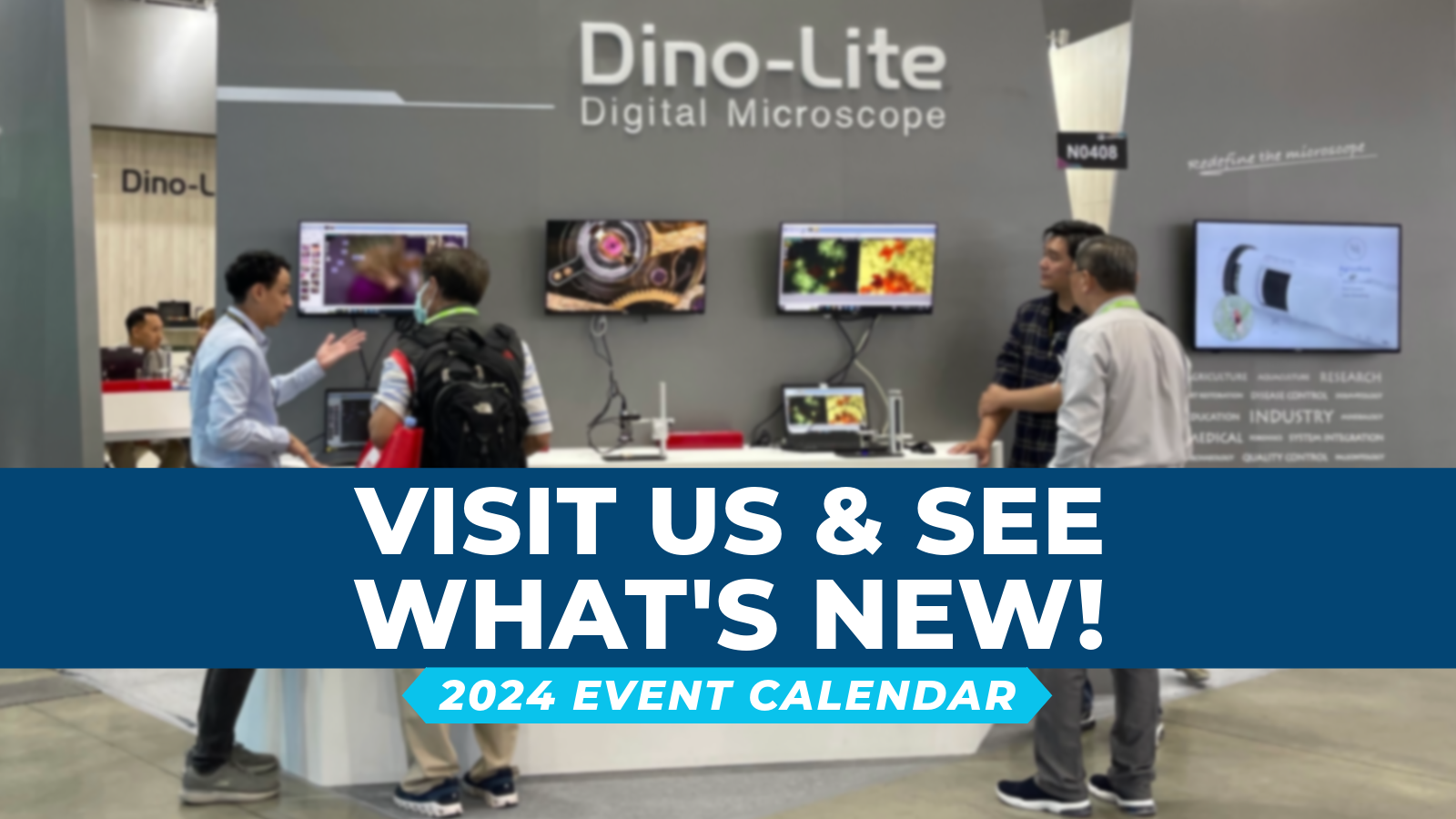The portability of Dino-Lite microscopes make them very convenient to take into areas where a traditional microscope can’t go. By necessity, some applications might expose the Dino-Lite to dangerous conditions.
Dino-Lite microscopes are durable, and can function well under fairly harsh conditions. Even still, it can help to know what can cause problems, and how to protect the Dino-Lite against those.
Environmental Considerations
You can find the temperature and pressure guidelines here: https://www.dinolite.us/en/environmental-temperature-and-pressure-information
Lens Chamber Protection
One of the most common ways to degrade the performance of a digital microscope is to get fluid or other debris onto the lens. This can result in spots and specs on the lens and/or sensor, and even cause electronic failure. If there is any risk of this, please use a closed front cap.
- The N3C-C is included with all Edge Series models.
- Replacements are available in 2 packs. Make sure to remove the blue film before use.
- Note: at lower magnification, there may be a glare from the internal lights. Consider turning those off and using external lighting instead.
- For Premier series models that begin with AM or AF, a 10 pack or 2 pack of sealed caps are available as well.
Full Body Enclosures
You may need to protect the full body from flying debris or dust. These can help:
- Silicone sleeve: MSAH352 (10 pack) – easy to cut
- Full metal enclosures:
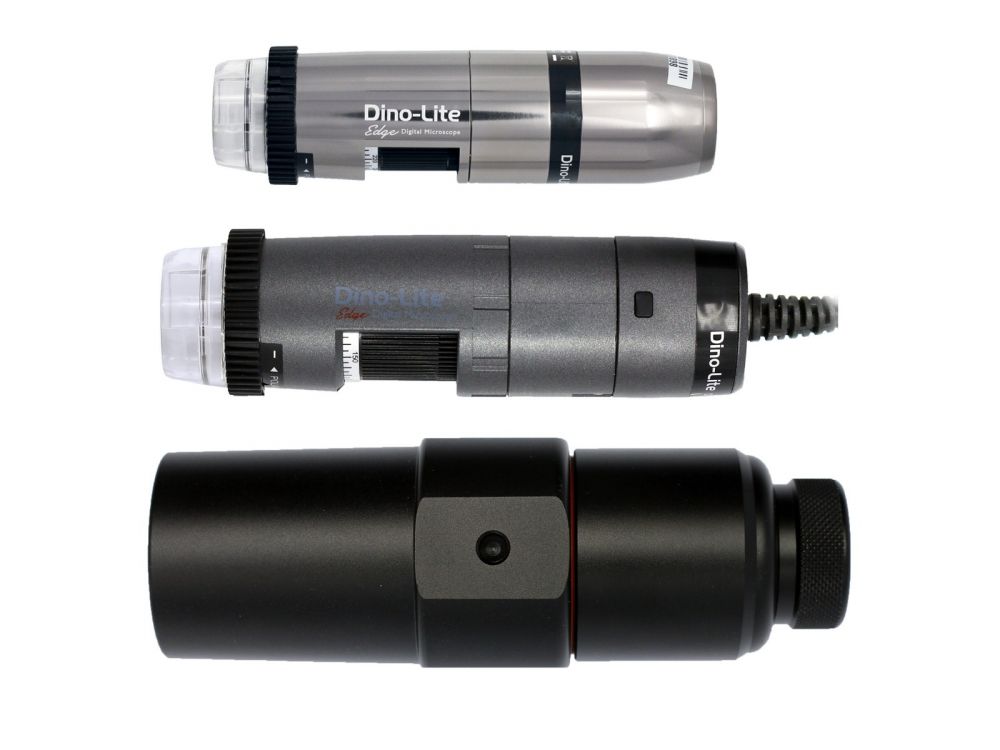
Other Concerns
Please contact our tech support team for any other Dino-Lite related questions and concerns.
